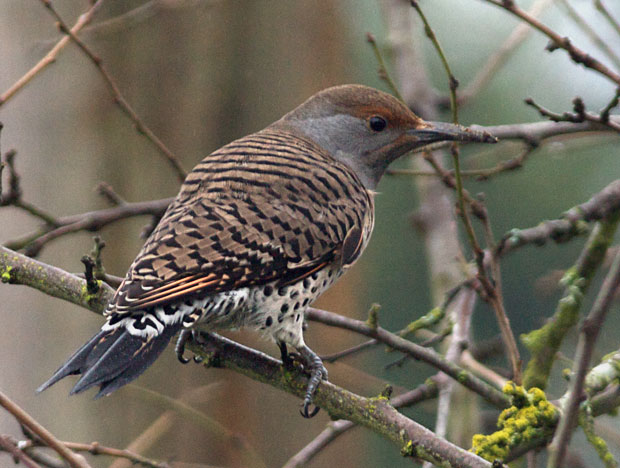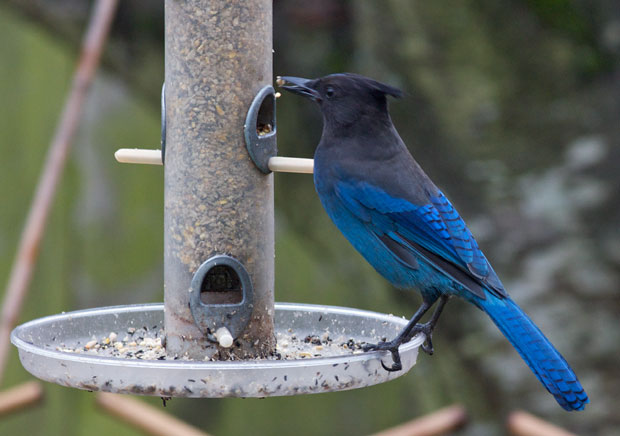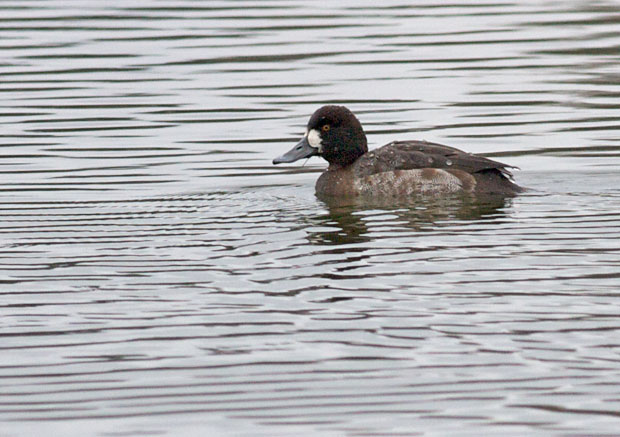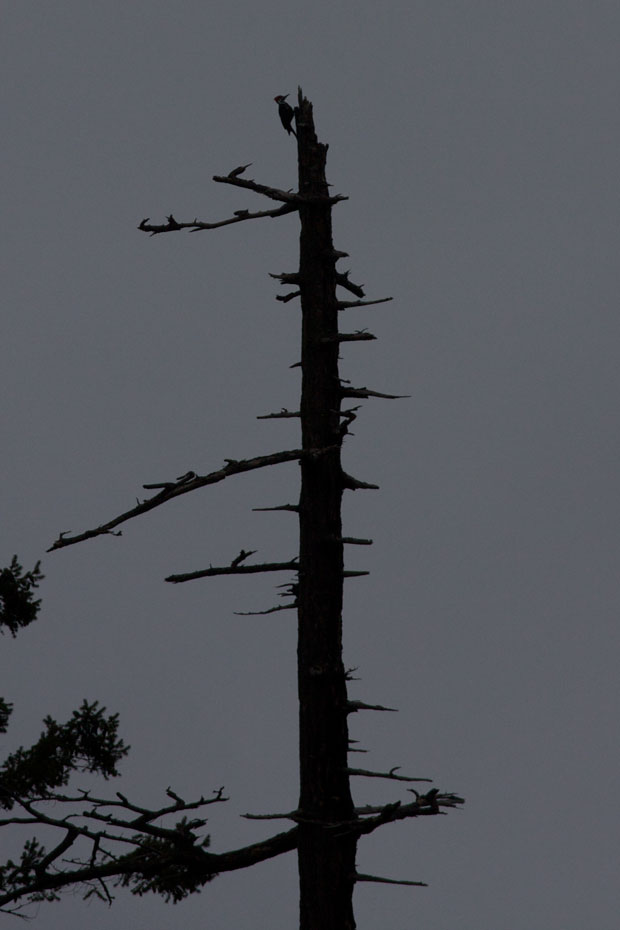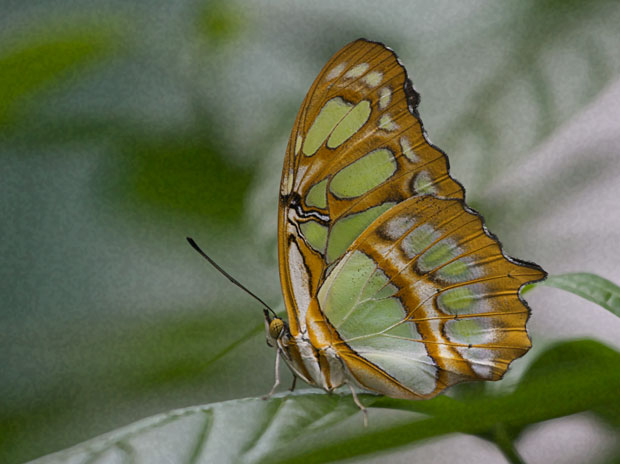I’ve finally finished Mako Euda’s Basho and His Interpreters, at least a first reading, because there’s a lot more to learn, particularly concepts of Japanese literature, than I could ever learn on a first reading. It’s the kind of book that you could come back to repeatedly and you’d still never master all the concepts introduced.
This book, with supplemental readings to flesh out literary concepts, could easily serve as a college text for a quarter-long class. I think I’ve noted before that I find it more difficult to sit down and read page after page of haiku than I do longer poems. There is so much packed into seventeen syllables that it’s hard to read poem after poem without taking a break between poems.
It’s impossible to accurately convey the book with four samples, but hopefully I’ve inspired some readers to check out the book, either by checking it out of your library or buying a copy. It’s as good a book of haiku as I’ve ever read.
Of course, as much as I appreciate the discussion of Japanese literature, I read the book for the poetry, not the literary criticism. I love a simple poem like this
housecleaning day-
hanging a shelf at his own home
a carpenter
susuhaki / wa / ono / ga / tana / tsuru / daiku / kana
year-end-cleaning / as-for / self /’s / shelf / hang / carpenter / kana
NOTE
In preparation for the New Year, the Japanese traditionally cleaned their houses on the thirteenth of the lunar twelfth month. Translated into the Gregorian calendar, that day in 1694 was January 8.
COMMENTARY
Normally a carpenter is so busy in working at other people’s houses that he would do nothing at his own home. But on the day of the year-end cleaning, he cannot keep his eyes closed: he is repairing a broken shelf in his house. Basho took note of a happening unnoticed by other poets. -Donto
By describing a relaxed carpenter performing the rare role of a family man on the annual housecleaning day, the poem creates the congenial atmosphere of a common household during the busy year-end period. The poet, drawing on a happening in ordinary life, has produced an exemplary poem that displays karumi. – Kon
This carpenter had always wanted to improve and beautify his house. He had been simply too busy, too tired, and consequently too lazy to do so. But this day he was able to stay at home all day long, and that is why he began to work on the shelf. The scene has humor, yet it also shows an ordinary man trying hard to get on with his life. For that reason, we cannot regard the situation as only a laughing matter. There is something human and warm, something redolent of the common man, that underlies the poem and adds a touch of pathos. This 1S another of the karumi poems Basho wrote in his last years. -Imoto
that reminds us just how little human nature has changed over time.
After you’ve spent a day earning your living fixing other people’s homes, the last thing you want to do is spend the night fixing your own home.
When I was teaching the last thing I wanted to do was come home and write something for a web page or even go through another batch of photos to share with others. Teaching gave me the skills needed to improve my own writing and photography, but left me with little desire to practice those skills.
